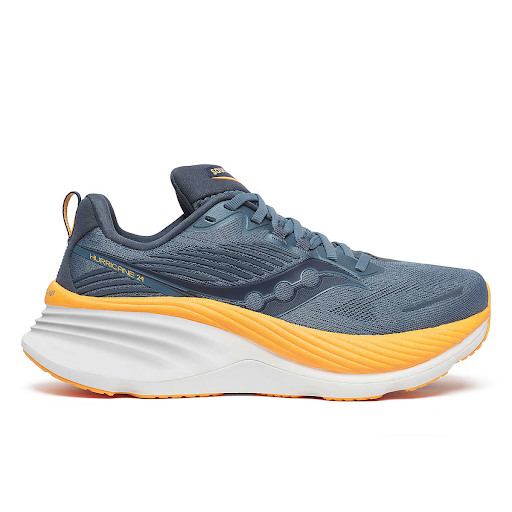Footwear Fundamentals: Your Physical Therapist's Guide to Running Shoes
For those who know me best, there are few topics I love nerding out about more than running shoes. In fact, I worked at a running shoe store for a short while before starting physical therapy school- shout out to amazing Performance Running Outfitters in Milwaukee, WI!
I fully admit that the variety of shoes out there is overwhelming, with fancy jargon like “Ripstop upper”, “EVA foam”, “”guide-rails”...what does it all mean?
We’re here to help break things down for you, starting with neutral vs stability vs motion control shoes.
Neutral Shoes
Meaning no “classic” arch support.They are typically (but not always) more flexible and allow the foot to be more flexible within the shoe as there is no barrier stopping your foot from pronating (rolling in) or supinating (rolling out).
Advantageous for: someone with a stiff foot (like myself) that craves more flexibility.
Examples: Brooks Ghost, Nike Pegasus, Altra Escalante, Hoka Clifton
Stability Shoes
Often these shoes will have a slice with a change of color or pattern on the inside of the shoe showing a higher density foam (or plastic) blocking the foot from rolling inward (AKA medial posting).
Advantageous for: Someone with tendinitis on the inner side of the foot/ankle, medial knee pain, plantar fasciitis/opathy
Examples: Brooks Adrenaline GTS, Asics Gel Kayano, Saucony Hurricane
Motion control
Simply another level of “stability” shoe with maximum support (medial posting) and firmness.
Advantageous for: someone with the combination of very flat feet AND foot/ankle pain.
Examples: Brooks Beast/Ariel, New Balance 1540v3
Cushion
Typically categorized as minimal, moderate or maximum. Also, if you haven’t noticed, maximal cushioning is all the rage right now. Contrary to popular belief, there is no less force on your body with more cushion…in fact, people tend to hit the ground harder with more cushion. That being said, cushion can shift some force away from your feet and back up to your hips and subjectively feel better.
High Cushion: Advantageous for someone who lands a little stiffer and needs more shock absorption.
Example: Most Hoka shoes
Low cushion: Advantageous for those who like to feel the ground more and require more stability.
Examples: Most Vibram Five-finger and Xero Shoes
In the end, it doesn’t really matter if you choose a stability shoe with high cushion or a neutral shoe with low cushion, or if it’s the ugliest shoe alive. The only thing that matters is if the shoe is comfortable during the activity you want to use it in.
If you are looking for suggestions on which type of shoe is best for you, please reach out to consult with a physical therapist at Tundra Performance and Physical Therapy where we are experienced at creating customized and individualized rehabilitation programs fit to you and your goals. Looking not just to get you back to the trail but beyond.
If you are currently struggling with an injury or unable to perform in the activities you enjoy. Please follow the link below to schedule a consultation call to discuss how we can help you.





